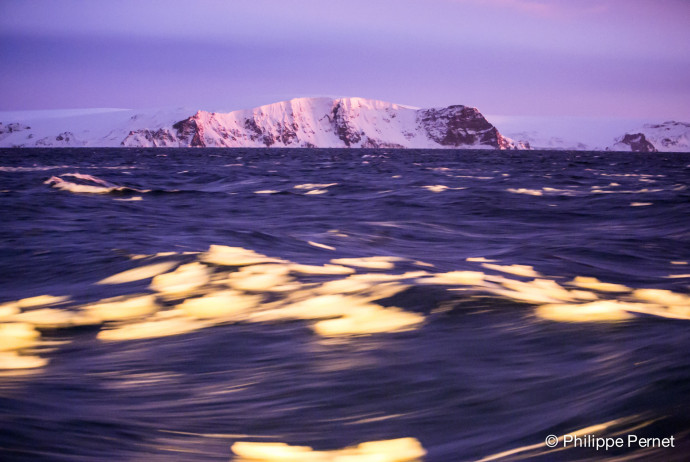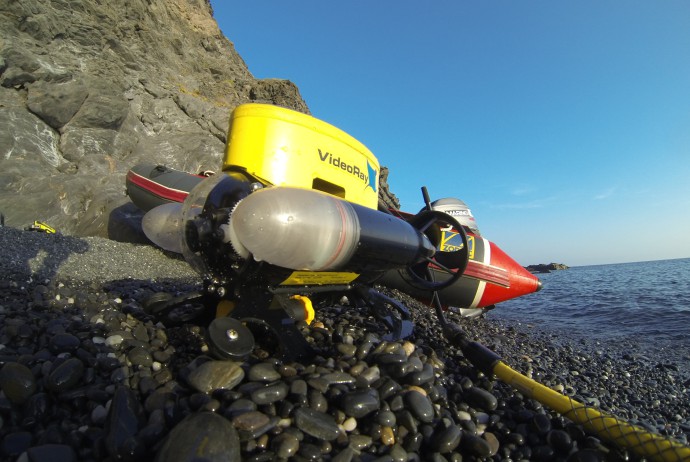Philippe Pernet, from the Marine Biology Lab (ULB) is participating in the 2014 U.S. Antarctic Marine Living Resources (AMLR) Program onboard the RVIB Nathanial Palmer.
Find out more in the vERSO project’s expeditions section!
Université Libre de Bruxelles

Philippe Pernet, from the Marine Biology Lab (ULB) is participating in the 2014 U.S. Antarctic Marine Living Resources (AMLR) Program onboard the RVIB Nathanial Palmer.
Find out more in the vERSO project’s expeditions section!

A small team from the BIOMAR Lab set a research mission to the Bay of Portman, Spain. The team was composed of Philippe Pernet (technician), three master students (Valérie Rossez, Andrea Garvetto and Maxime Coupremanne) under the supervision of Bruno Danis. The team reached the Bay on October 16th, 2013 for a 10-day stay.
The Bay of Portman was chosen for its exceptional environmental characteristics, from a contamination standpoint. A conference was recently held on the subject, involving our colleagues Drs Maria Jose Martinez and Carmen Perez, both from the Research Group of Soil Pollution in the University of Murcia.
A series of sampling and measurement were carried out in the framework of the master students respective projects:
Valérie Rossez worked on comparative acid-base physiology in two species of sea urchins (Paracentrotus lividus and Arbacia lixula), investigating the relationship between this physiological parameters and the uptake of contaminants but the sea urchins

Paracentrotus lividus (image from Encyclopedia of life, www.eol.org)

Arbacia lixula (picture from Encyclopedia of Life, www.eol.org)
Andrea Garvetto worked on microbial diversity, and took samples to investigate the link between the levels of contamination and microbial community structure in digestive pellets of two species of sea urchins (Paracentrotus lividus and Arbacia lixula), in various algae as well as in the seawater and sediments (various granulometries).
Maxime Coupremanne carried out a fine-scale mapping of the biodiversity and habitats of the Bay and its surroundings using underwater video transects using the lab’s ROV as well as videos shot by SCUBA divers.
Also, samples were taken for heavy metal levels analyses for each corresponding stations. The team was able to work in a total of 16 stations in the Bay, organised in a set of transects (from inside to outside the Bay as well as along the coast, following the main currents), and has come back to the Lab to process the samples. This pool of samples and video transects constitutes a unique benchmark to address potential future changes, for example in the mining activities of the Bay of Portman.